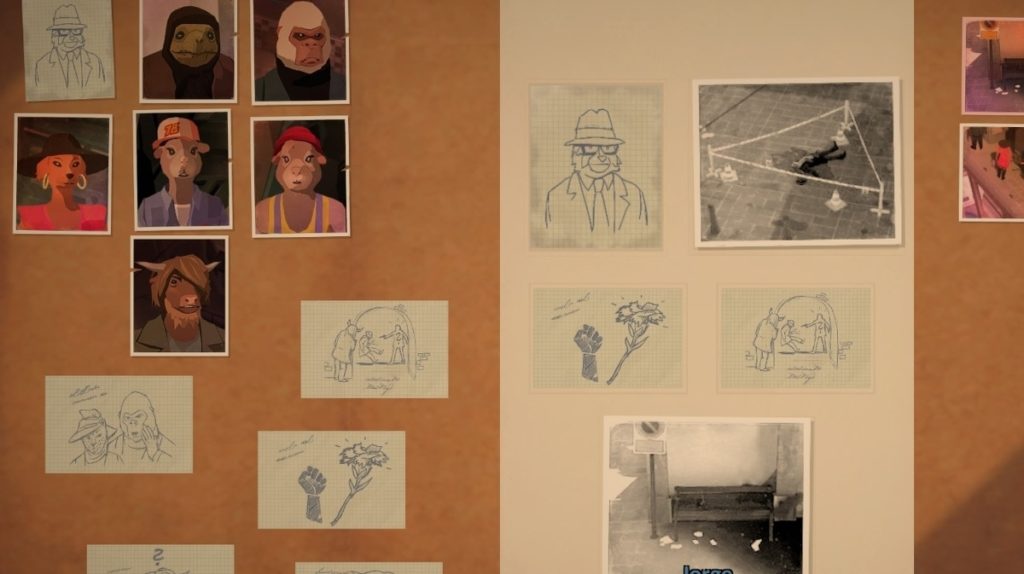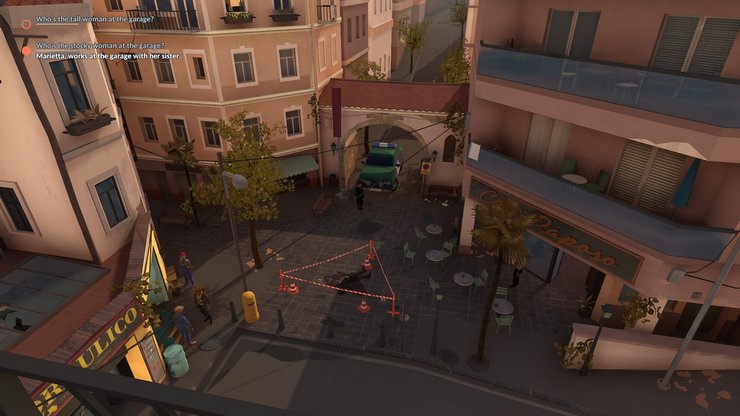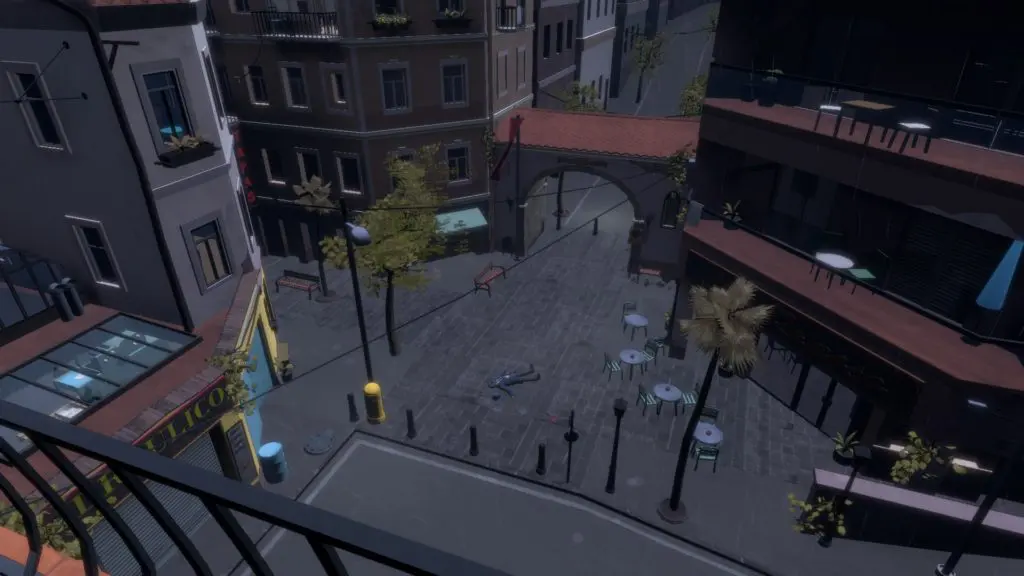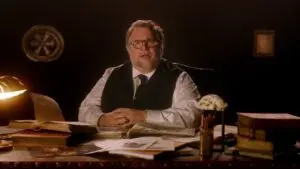Summary
The Flower Collectors is perhaps too simple for its own good, but it’s a charming combination of Hitchcock’s Rear Window transplanted to a politically turbulent ’70s Spain.
The influences of Mi’pu’mi Games’s extremely likable new indie mystery The Flower Collectors are obvious, and quite admirably bold. It combines the structure and tone of Alfred Hitchcock’s classic thriller Rear Window, about a man solving a local murder while confined to his apartment, with the character designs of Art Spiegelman’s all-time-great graphic novel Maus, which cast the perpetrators and victims of the Holocaust as animals. Cribbing so clearly from two titans of their respective mediums is a ballsy move and makes for an unusual if effective combination. But neither proves to be the game’s secret weapon, which instead excels in evoking the political unrest of a hazy ‘70s Spain as it transitions from fascism to democracy.
Being a game requiring at least some degree of interactivity and player agency, The Flower Collectors can’t emulate the precise craft of Hitchcock, though by swapping the mystery’s thematic undercurrents for a more turbulent and wide-reaching plot, it helps to foreground the whodunit rather than the form. The period Barcelona setting, a fraught battleground between the State and a radical left-wing as enduring authoritarianism wanes in the face of proposed pluralism, is a brilliant one. And it’s in drawing on the legacy of Francisco Franco’s totalitarian regime that The Flower Collectors really shines as a parable, even if it can’t quite glimmer as a game.
The player-character, Jorge, a wheelchair-bound former police officer from whose balcony much of the game’s spying is done, is a holdover of the Franco regime’s clampdown on supposedly anti-Spanish artists, minorities, and free-thinkers. His sense of moral duty chafes against a bitter conservatism that is repeatedly challenged throughout the game’s story, which forces him to confront his past actions and current values. Jorge’s arc isn’t surprising or subtle, but it’s punctuated with some poignant moments of personal reflection, and it unfolds across a couple of hours in a way that is perfectly balanced with a developing mystery.

Since Jorge is confined to his leaky apartment, that mystery is unraveled with the help of Melinda, a spunky left-wing journalist who was supposed to meet an informant moments before he was gunned down in the plaza outside of Jorge’s window. This is the crime Jorge partially witnesses and spends the rest of The Flower Collectors attempting to solve, mostly by observing the locals through his binoculars or Melinda’s borrowed camera and sticking photographs and clues on a hidden pinboard. You quickly get to know who’s who; the cabaret singer who’s romantically entangled with a local waiter; the chess-playing Catholic priest who watches over a local homeless man; the unlikely Italian sisters who run the repair shop; the elderly lady who spends all day in her window, which is directly opposite Jorge’s. Each has their own personal story which ties into the overarching narrative, and as information is gleaned from Jorge’s photography and sketches, and Melinda’s eavesdropping and interviewing, a picture of what happened and why begins to form.
The pacey development of this story is engaging, though the gameplay largely isn’t. The Flower Collectors can’t help but make things too easy for you; it always points you to your next object or person of interest and deliberately removes potential fail states. In a few instances, Jorge is tasked with guiding a character across the plaza behind the backs of the investigating Policia, but the snooper won’t move if they’re in danger of getting caught. Several times I thought the game was letting me off the leash, only for a line of dialogue or an on-screen objective to immediately tell me where I should be looking. Arranging the evidence on the pinboard won’t allow you to place events in the wrong order or draw the wrong conclusions, and the very occasional instances in which Jorge is allowed to make a decision in how he responds to a character do little to change the shape of the narrative.

Some of this is a consequence of The Flower Collectors being a small, cheaply-made game; there evidently weren’t the resources for multiple branching paths and reams of optional dialogue. You can see this, too, in the rudimentary animations, as characters communicate their feelings in big, cartoonish gestures, and only ever seem to feel the same couple of broad emotions. Then again I mostly found this quite charming, and of a piece with the well-chosen animal characters – rarely has the idea of a snooping old woman been better communicated than with a turtle’s weathered face poking out of a headscarf.
It’s a shame that nobody exists in The Flower Collectors who isn’t integral to the plot and that the game never allows the player to venture from its specific, predetermined path. But the bones of a bigger and more expansive game are here, and that game might eventually come to exist on the strength of this one. For telling an important, earnest story, The Flower Collectors is well worth your time, but the fact it does so by daring to co-opt such iconic and challenging influences makes it worthy of your respect as well.



